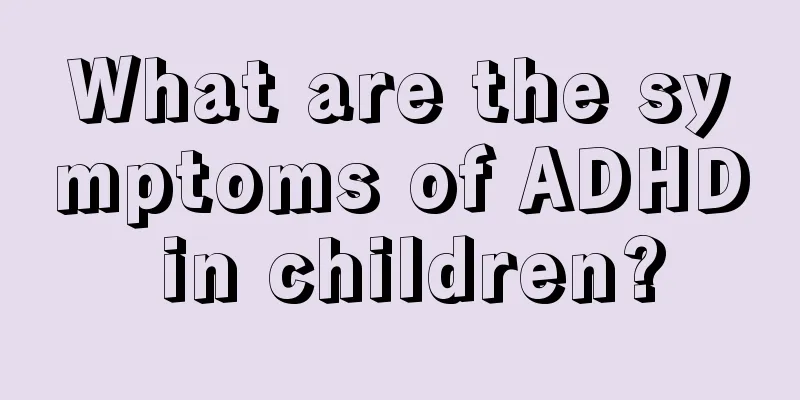What to do if your baby always has nosebleeds

|
Nosebleed is something that can easily make people worry. The symptoms of this disease can cause great harm to people's bodies. Think about it, our bodies only have so much blood. How long will it take to replenish after a nosebleed? For many friends, nosebleeds are very painful, and even more so for babies. Once their babies show symptoms of nosebleeds, parents are most worried and afraid. So how much do you know about the issue of babies always having nosebleeds? Let’s take a look at the following expert introduction. Treatment for nosebleeds 1. Acupressure: mild nose bleeding. Or it can be used as a temporary first aid measure, the method is simple and can be performed by yourself. Use your fingers to pinch the area above the nose (below the nasal bone). This will compress the area of the nasal septum that is prone to bleeding. Pinching for about 10 minutes will often be effective. However, this treatment can only temporarily relieve the symptoms, and the symptoms will recur in the future. 2. Cauterization method: There are two methods: chemical cauterization and electric cauterization. It is suitable for patients with repeated small nose bleeding and the bleeding point can be found. After local surface anesthesia of the nasal mucosa, dip a metal cotton ball in a small amount of chromic acid and burn it into a ball on an alcohol lamp. You can also use a cotton swab dipped in 50% silver nitrate or 25-100% trichloroacetic acid to directly cauterize the bleeding point, or use electric cautery or CO2 laser cautery to stop the bleeding. This treatment is very traumatic and increases the patient's pain. 3. Nasal packing: used for patients with severe bleeding, large bleeding area or unknown bleeding site. Use Vaseline gauze to block the entire nasal cavity from the front hole, apply pressure to stop bleeding, and pack the posterior nasal cavity to stop bleeding if necessary. Similar methods include hemostatic sleeves, oxygen bags, water bag compression hemostasis, etc. 4. Surgical treatment: Depending on the surgical indications, nasal septum surgery or vascular ligation can be performed. The surgery causes large trauma, heavy bleeding, and slow wound healing. Through the above editor’s introduction to baby’s constant nosebleeds, I hope it will help everyone to better understand this disease. While avoiding this situation, the following suggestions are made for everyone to take good care of their baby’s body, be prepared in terms of diet and living habits, and actively respond to the symptoms of the disease. You must know that sometimes a good and optimistic attitude is of great help in the complete cure of the disease! |
<<: Causes of nosebleeds in four-year-old babies
>>: At what age do children lose their baby teeth?
Recommend
What are the causes of stomach pain in two-year-old babies?
Some babies always complain of stomachaches, but ...
What to do if your child is allergic to pollen
Children are very likely to be allergic to pollen...
Spring children's health care methods
In life, we should know that it is not only adult...
Can children with roseola eat fruit?
For many children, the immature development of th...
Symptoms of bronchitis in children
Childhood bronchitis is one of many common childh...
Nursing methods for children with runny nose and cough
It is very common for children to get sick, and p...
How to reduce children's fever
Children's fever is a problem that many paren...
What is the correct sleeping position for babies?
I believe everyone knows the importance of sleep ...
How to treat sleepwalking in children? Notice to Parents
If a child sleepwalks, you must pay attention to ...
What to do if a newborn has a red birthmark on his head
Most babies will feel a bluish birthmark on their...
Reasons for baby's dry cough at night
Babies are the treasures of every family. As litt...
How to make fruit porridge for baby food
Fruit porridge is a kind of porridge with fruit a...
Mom, do you know the symptoms of chronic enteritis in children?
Chronic enteritis is very harmful to children and...
Causes of fever and cough in 6-year-old children
I have a 6-year-old child at home. The weather is...
Baby has low fever, poor spirit and drowsiness
In life, many babies often have low-grade fever, ...









